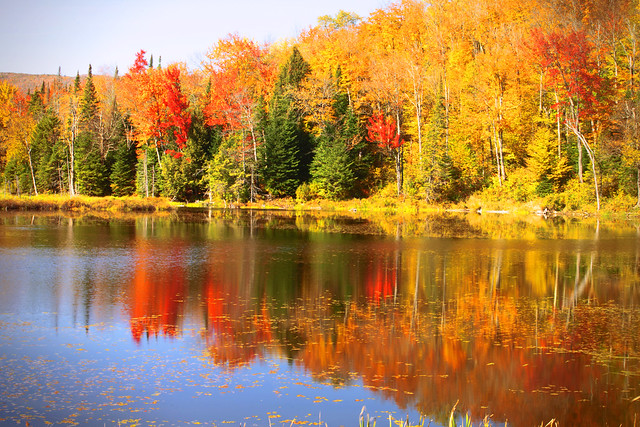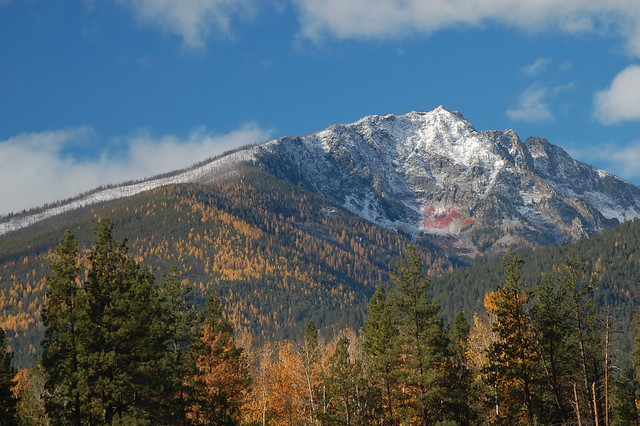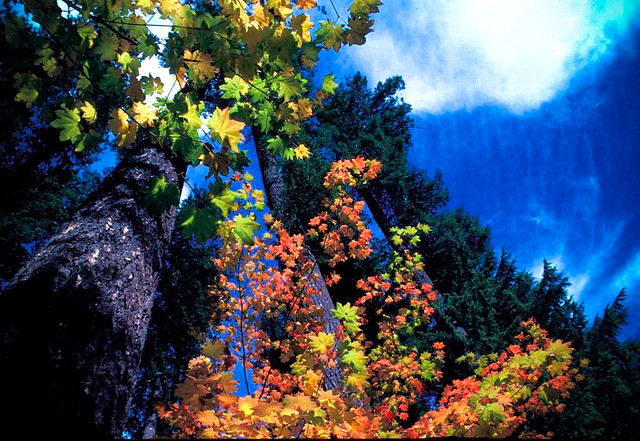
Every year the USDA Forest Service hosts a Fall Colors webpage full of useful information about where and when to see fall colors in your part of the country. And, every year, we think of some new angle to encourage folks to visit the webpage and to have fun exploring it with family and friends.
However, sometimes in our zeal to make it fun (which it always is!), we overlook the fact that many folks are unaware of how and why leaves turn colors. So this year, thanks to Forest Service scientist Kevin T. Smith, we’re going to explain it in less scientific language.

We all know fall is a dazzling season and the brilliant colors are even more dazzling when you consider that the mosaic of reds and golds in front of you today depends in part on the timing of weather conditions reaching all the way back to leaf emergence in the spring.
While it seems like sheer art and poetry, fall color is really a function of chemistry. For instance, pigments are the chemicals in leaves that produce the colors we see. Some of these pigments, such as chlorophyll that appears green, and carotenoids that appear yellow, are a natural component of healthy leaves during the growing season.
Chlorophyll is instrumental in photosynthesis, the process by which energy from sunlight splits water and carbon dioxide to make the sugar that fuels plant growth. The sugar also provides the structure for natural protective compounds.

The health of a tree drives the production and function of these chemicals. If a midsummer drought causes a tree to lose leaves to reduce water loss, that leaf is already shed (even if still attached) from the living processes of the tree. There are some exceptions but that leaf is not likely to develop brilliant coloration. But if this happens in early August, then that foliage is not going to be on time for the expected seasonal display.
Too much or too little moisture are not the only factors affecting trees. Particularly for urban and community trees, de-icing salts can result in injury that stresses a tree and causes it to not have a timely display of fall color. Also diseases such as powdery mildew and tar spot, kill living cells and hijack the metabolism of the living leaf and the seasonal display will be reduced. If you want to learn about how leaves change color, visit the National Forest Foundation website.
So this year, impress your family and friends with a little leaf knowledge! No matter if it is the most brilliant colors ever, or sort of just really pretty, let them know that this may be fall but it all was decided in spring.

